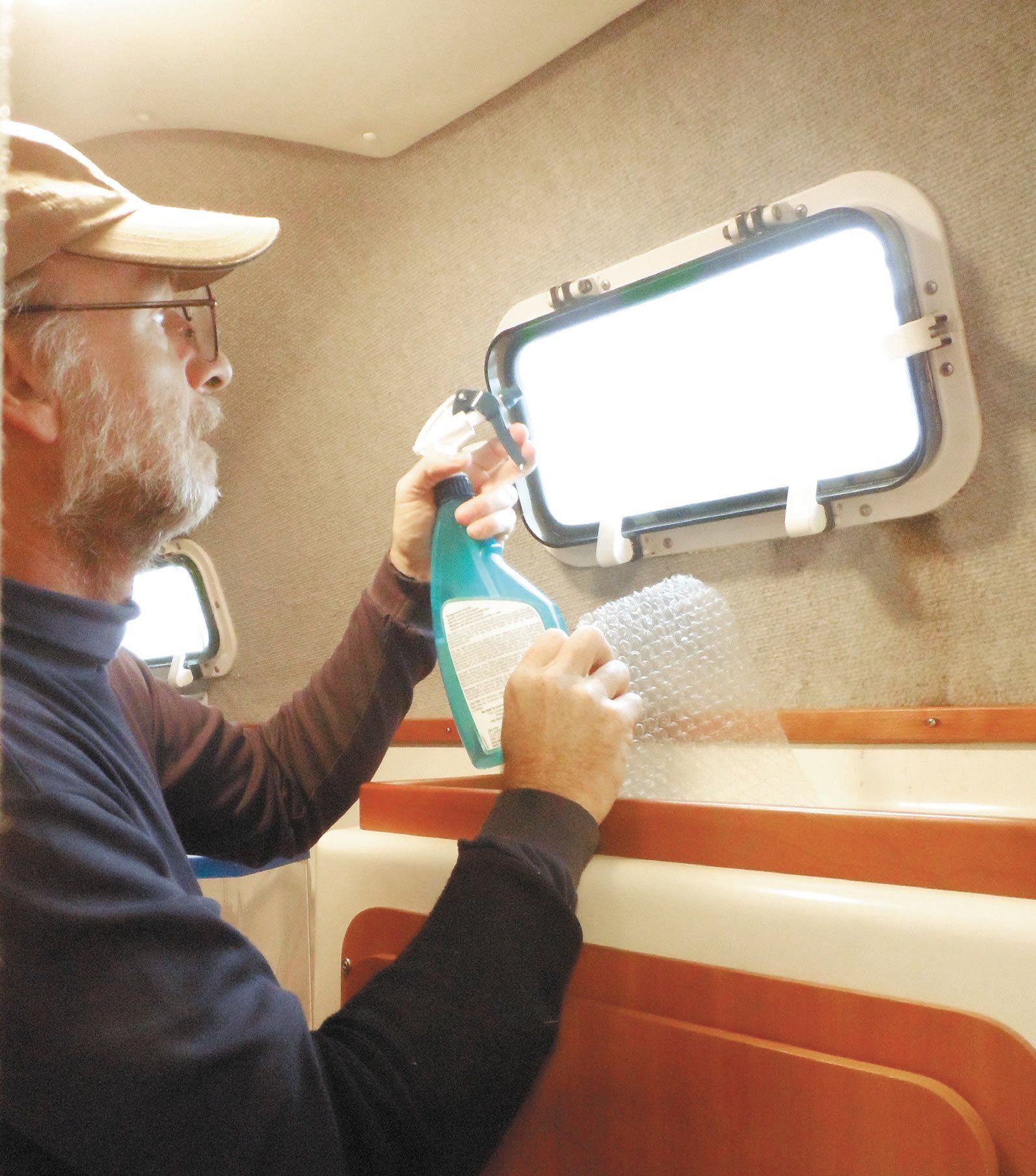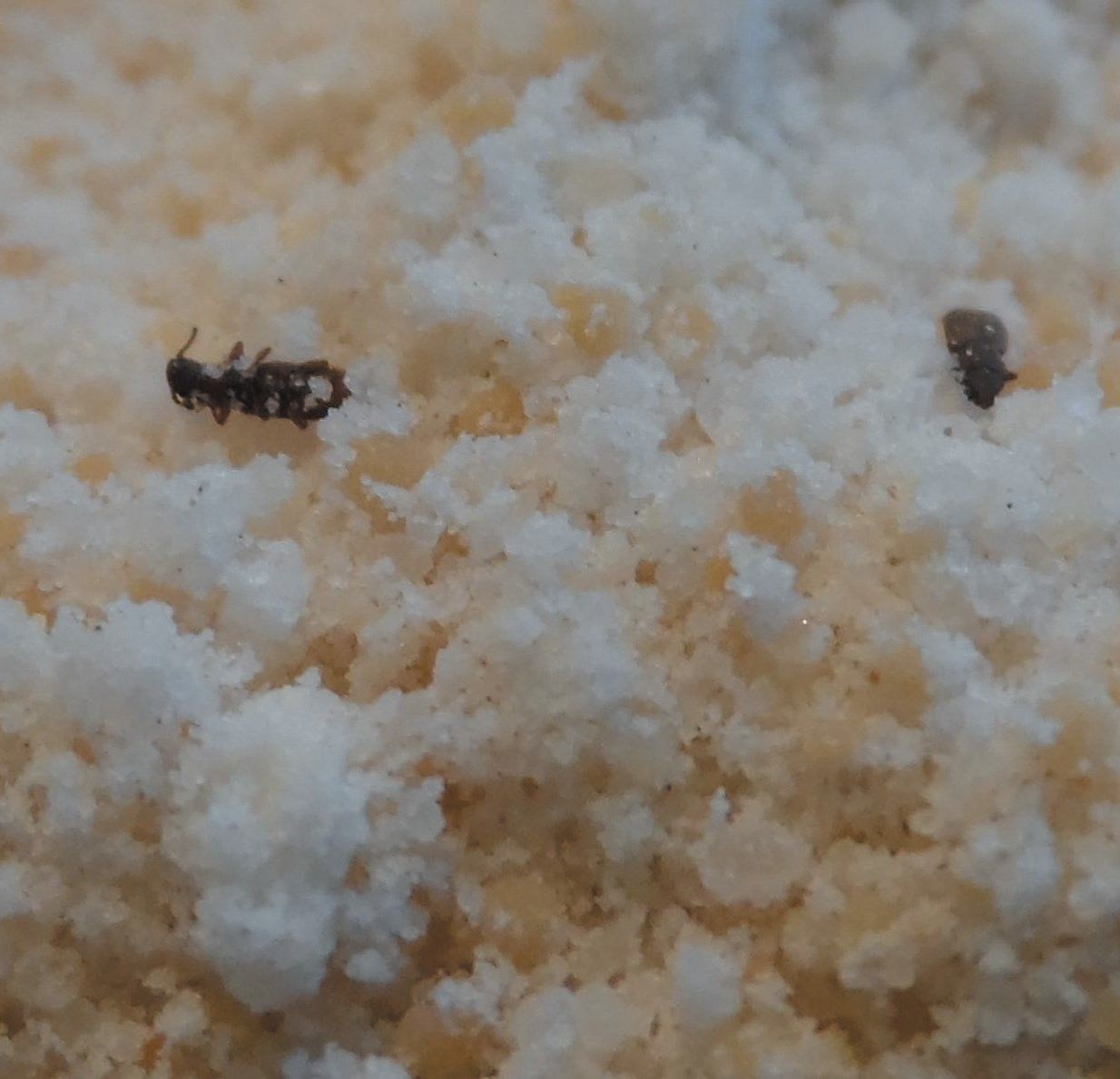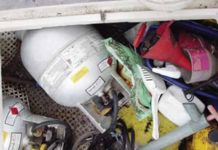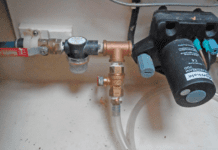Liveaboard Sailors’ Laundry Hacks
At home, laundry is about removing grease, grass, and coffee stains without damaging the fabric of the clothing. Energy and water efficiency only matter in a secondary sense. Rinse water is plentiful, and the only water quality consideration is that it is sufficiently soft to avoid interference with the detergent and calcium build-up in the clothes.
Additives Fight Urine Odor
Some will claim urine is sterile and doesn’t smell. Horse hockey. No matter how careful you are, urine is loaded with nitrogen (urea) and...
The Day Sailor’s First-Aid Kit
As a former ER nurse and a current family practice clinician, one of the topics I get asked about most frequently by my sailing...
Some Propane Dos and Don’ts
Theres nothing more satisfying than capping a pleasant day on the water with a good meal, be it burgers and dogs on the grill or some fancy, culinary extravaganza whipped up by the galley wizard. Most marine stoves and grills use liquefied petroleum gas (LPG). Its efficient, relatively cheap, and widely available. Its also highly explosive-particularly with regards to boat installations-which makes proper installation and regular inspection so critical in onboard systems.
Top 4 Creature Comforts After 3 Years at Sea
When we moved aboard our Fast Passage 39, Raicilla, in 2021, we knew we weren’t willing to accept a life of discomfort—at least not...
Where Credit Is Due: Citimarine Air Conditioner Customer Service
I first became aware of Citimarine when the old 16,000 BTU Dometic air conditioner on my 1998 Catalina 380 failed during the pandemic. Air...
Top Fire Blankets for the Offshore Sailor
Fire extinguishers are a U.S. Coast Guard requirement, and every boating instruction manual starts by telling you how many you need, where to mount them, and how to use them. Unfortunately, the manuals never go beyond that simplistic guidance, even though most fire-prevention authorities agree they are often not the best first response.
Solid Choices for LED Cabin Lights
After several fits and starts, the LED lighting revolution has hit its full stride. Sure, el cheapo LEDs with their flickering beams and buzzing radio frequency interference (RFI) still flood the market-the number of LED bulb factories in China is staggering-however, thanks to this report, the second in a series that began in the June 2014 issue, you can now invest with confidence in that long-postponed interior lighting overhaul.
Simple Lithium for Outboard-Powered Tenders, Daysailers, and Sport Boats
Lithium is cool. Your cell phone uses it. Cameras, laptops, flashlights … everything. But “cool” is not a reason. Fire is not a big...
PS Advisor: Acid Cleaning Potable Water Systems
You won’t find recommendations or articles from health authorities about sanitizing plumbing or drinking water equipment with vinegar because it isn’t very effective. Some...

















































